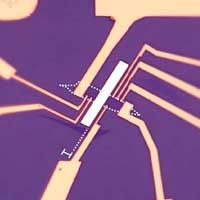 Researchers induce artificial 'magnetic texture' in graphene, a quantum science advancement that could help lead to more powerful semiconductors, computers.
Researchers induce artificial 'magnetic texture' in graphene, a quantum science advancement that could help lead to more powerful semiconductors, computers.
Thursday, February 25, 2021
Putting graphene in a spin
 Researchers induce artificial 'magnetic texture' in graphene, a quantum science advancement that could help lead to more powerful semiconductors, computers.
Researchers induce artificial 'magnetic texture' in graphene, a quantum science advancement that could help lead to more powerful semiconductors, computers.
Developing 2D polymers
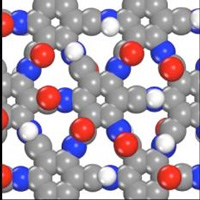 Scientists used computer simulations to compare the thermal stability of the 1D polymer Kevlar, a 2D polymer called an amide covalent organic framework, and a hypothetical 2D polymer designed by the laboratory called graphamid.
Scientists used computer simulations to compare the thermal stability of the 1D polymer Kevlar, a 2D polymer called an amide covalent organic framework, and a hypothetical 2D polymer designed by the laboratory called graphamid.
Molecular bridges power up printed electronics
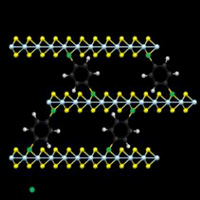 Researchers boost the efficiency of conductive inks and devices connecting layered materials flakes with small molecules.
Researchers boost the efficiency of conductive inks and devices connecting layered materials flakes with small molecules.
Chip simplifies COVID-19 testing, delivers results on a phone
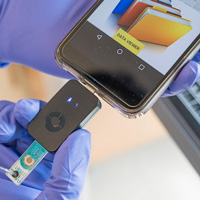 Programmed magnetic nanobeads enable diagnostic device.
Programmed magnetic nanobeads enable diagnostic device.
Graphene filter makes carbon capture more efficient and cheaper
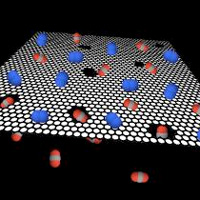 Chemical engineers have developed a graphene filter for carbon capture that surpasses the efficiency of commercial capture technologies, and can reduce the cost carbon capture down to $30 per ton of carbon dioxide.
Chemical engineers have developed a graphene filter for carbon capture that surpasses the efficiency of commercial capture technologies, and can reduce the cost carbon capture down to $30 per ton of carbon dioxide.
Nanobubbles could improve dentists' tools
 People's teeth-chattering experiences in the dentist's chair could be improved by fresh insights into how tiny, powerful bubbles are formed by ultra-fast vibrations, a study suggests.
People's teeth-chattering experiences in the dentist's chair could be improved by fresh insights into how tiny, powerful bubbles are formed by ultra-fast vibrations, a study suggests.
Bio-based membranes with ocular stem cells to treat corneal disorders
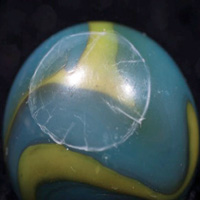 The production, preparation, and use of bacterial nanocellulose as corneal bandages could be the key to help delicate stem cells to migrate to the cornea and heal the eye from a range of ocular disorders.
The production, preparation, and use of bacterial nanocellulose as corneal bandages could be the key to help delicate stem cells to migrate to the cornea and heal the eye from a range of ocular disorders.
Biobattery-powered microneedle patch can deliver drugs and procure testing samples
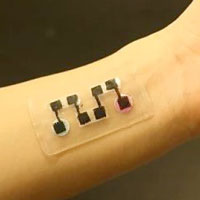 Researchers have developed a biobattery-powered device capable of both delivering large molecule pharmaceuticals across the skin barrier and extracting interstitial fluid for diagnostic purposes.
Researchers have developed a biobattery-powered device capable of both delivering large molecule pharmaceuticals across the skin barrier and extracting interstitial fluid for diagnostic purposes.
Nanocrystals for high-resolution X-ray imaging of curved 3D objects
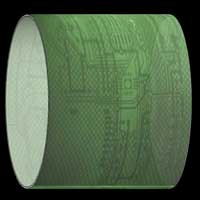 New flexible X-ray sensor suitable for next-generation medical and industrial applications.
New flexible X-ray sensor suitable for next-generation medical and industrial applications.
On the line: Watching nanoparticles get in shape
 New method could advance next-generation applications in medicine, cosmetics, and petroleum recovery.
New method could advance next-generation applications in medicine, cosmetics, and petroleum recovery.
Subscribe to:
Comments (Atom)
